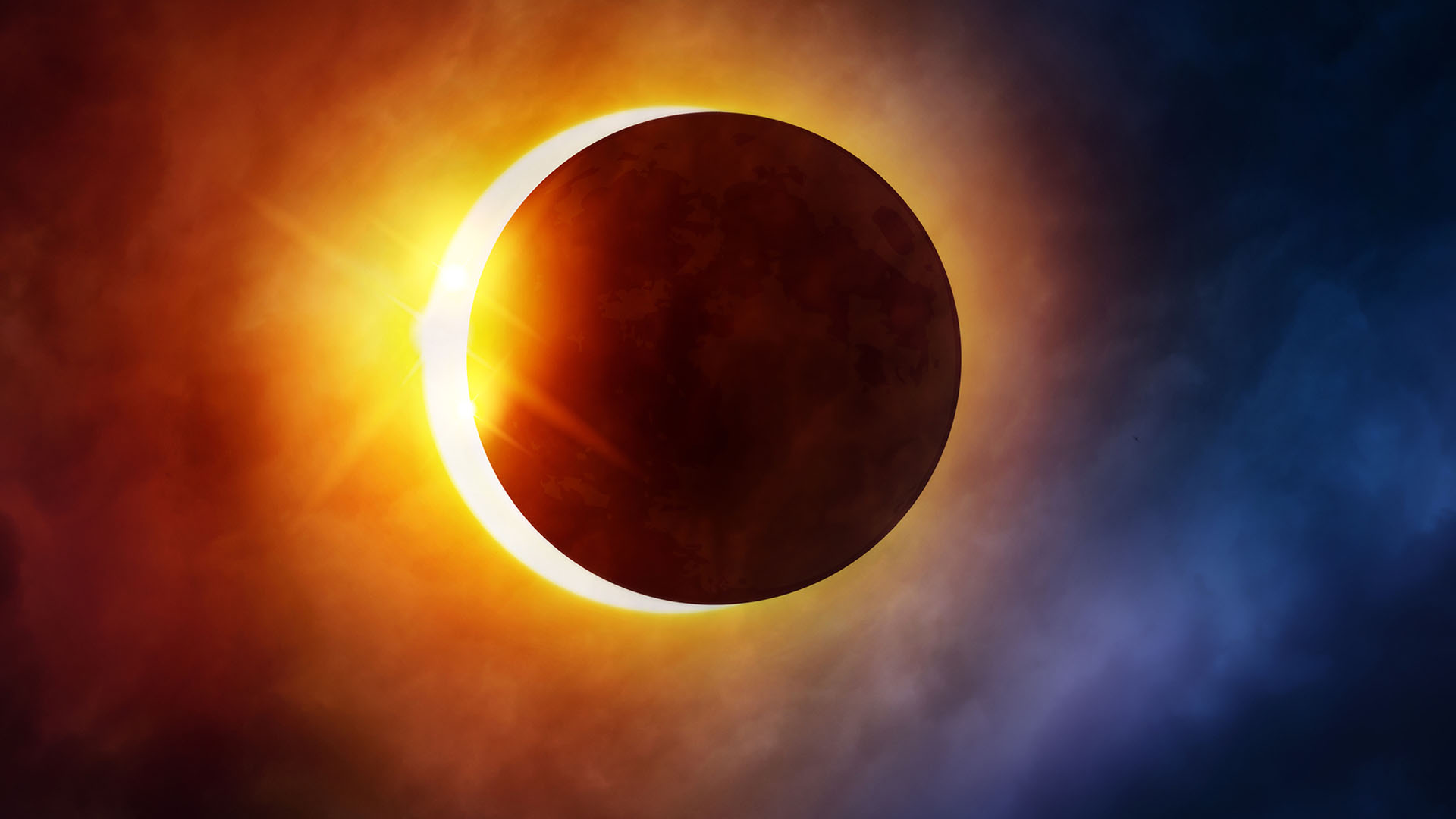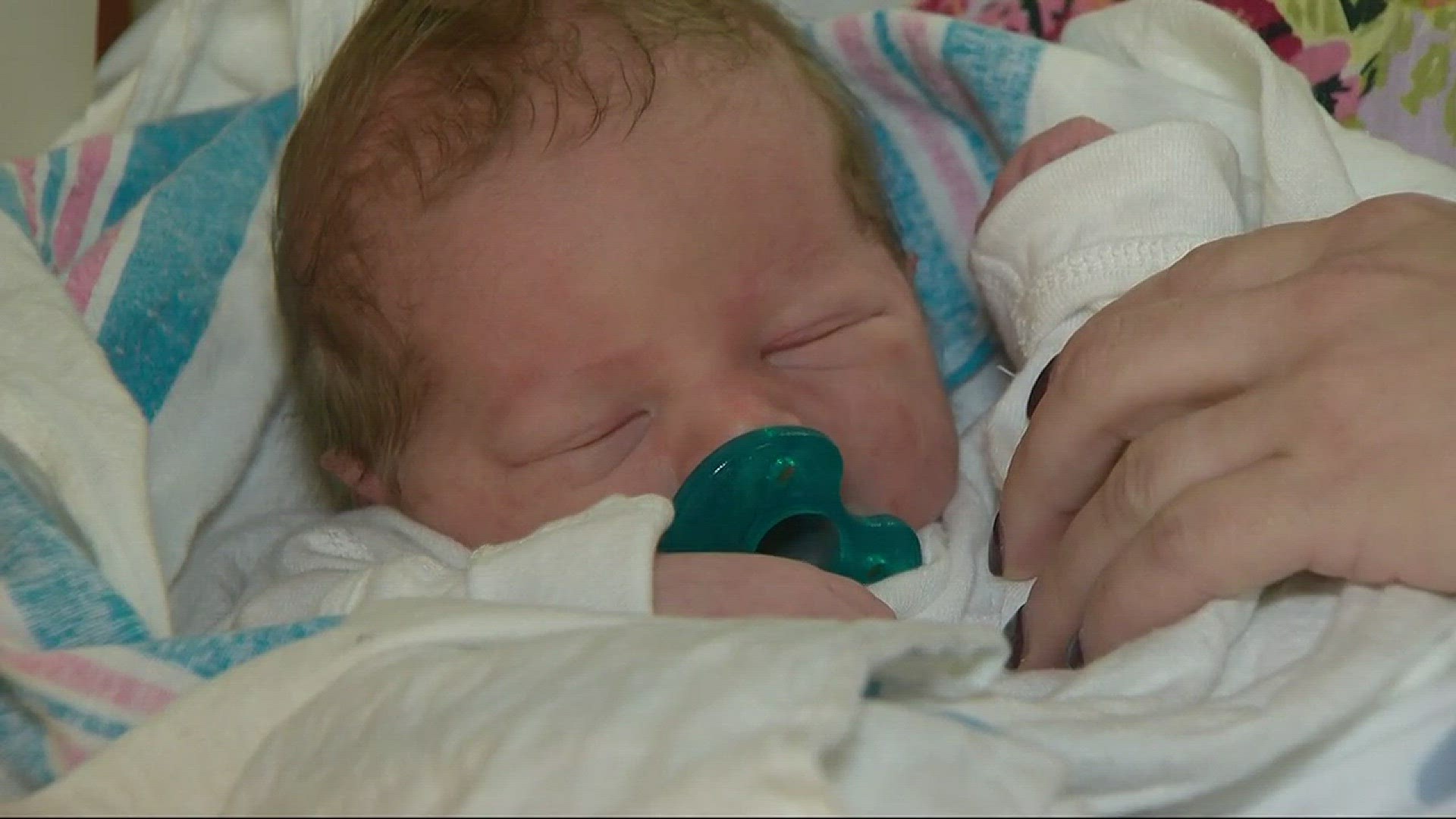Many people around the U.S. will be stepping outdoors on August 21 to view the solar eclipse.
However, according to Rishi Singh, M.D., of Cleveland Clinic, those who don’t take the proper precautions to protect their eyes may be setting themselves up for some real trouble.
Dr. Singh said when our eyes look at the sun, the pupils constrict, allowing less light to enter the eye, as a safety mechanism to prevent too much light exposure.
And while staring at the sun for a very short period of time would not cause damage, he said staring for prolonged periods of time, while viewing an eclipse, can cause a thermal burn or a burn to the retina of the eye.
“When you get that light exposure to the most sensitive part of your eye, which is the retina, and that’s the film, or the satellite dish that sends signals to your brain and gives you signals of what you’re seeing, it can actually burn that most sensitive part of your eye,” said Dr. Singh.
He said the most dangerous time to look is during the partial eclipse, when sunlight is still visible.
Instead of watching the eclipse without proper eye protection, Dr. Singh said one good alternative is to watch it on TV.
People can also buy special protective glasses to safely view the event.
“You can certainly watch it through a pair of approved goggles or glasses - there are about four or five different makers approved,” said Dr. Singh. “Those will allow you to look at the eclipse through this very, very dark UV blocked sunglasses with very high UV light protection.”
Dr. Singh said it’s important to note that these special glasses only let in a very tiny fraction of light and are not comparable to regular sunglasses, which are not safe for viewing an eclipse.
In fact, he said regular sunglasses can cause the pupils to dilate, which allows more light into the eye and could potentially cause significant damage.
Related Content


